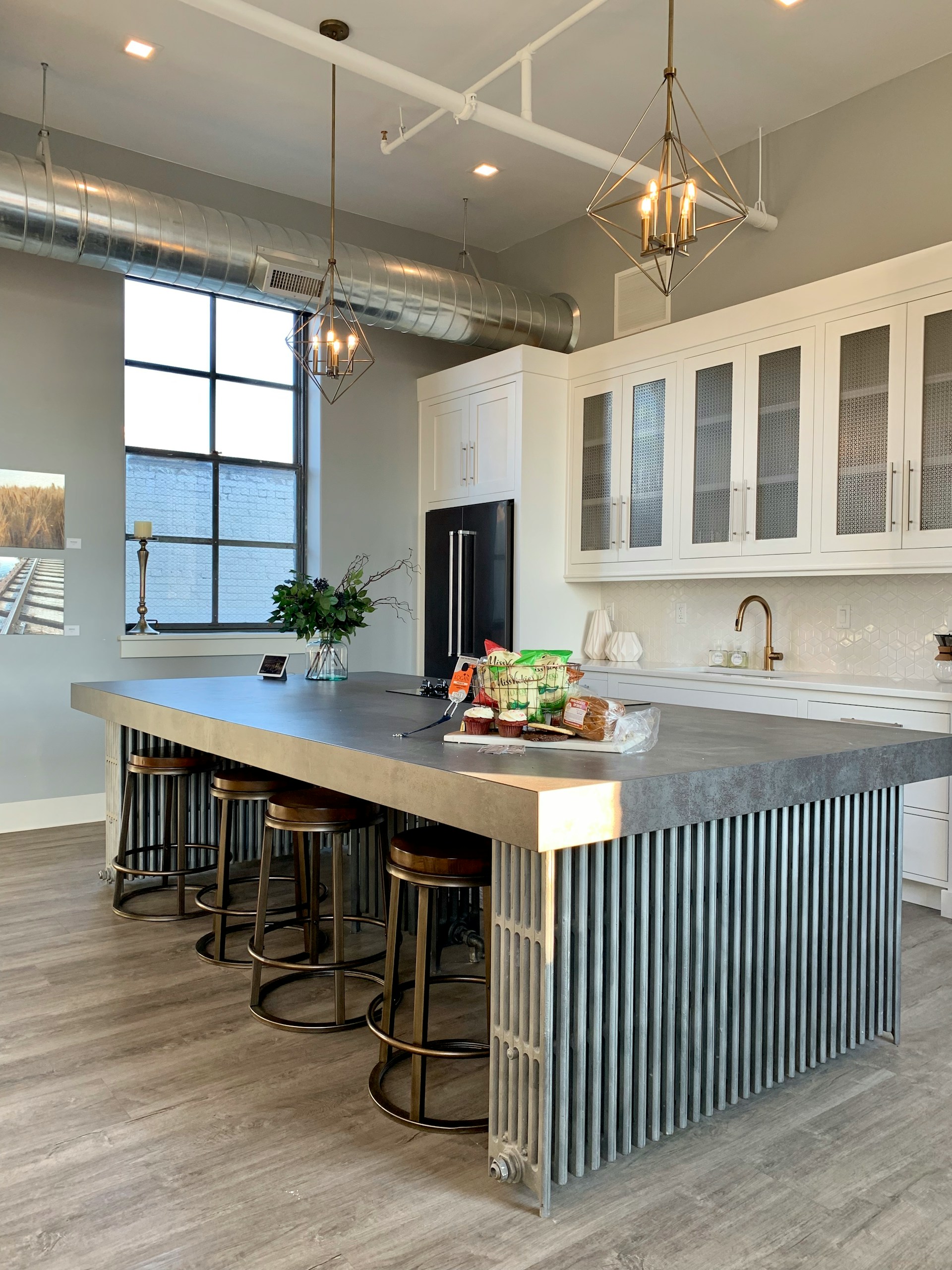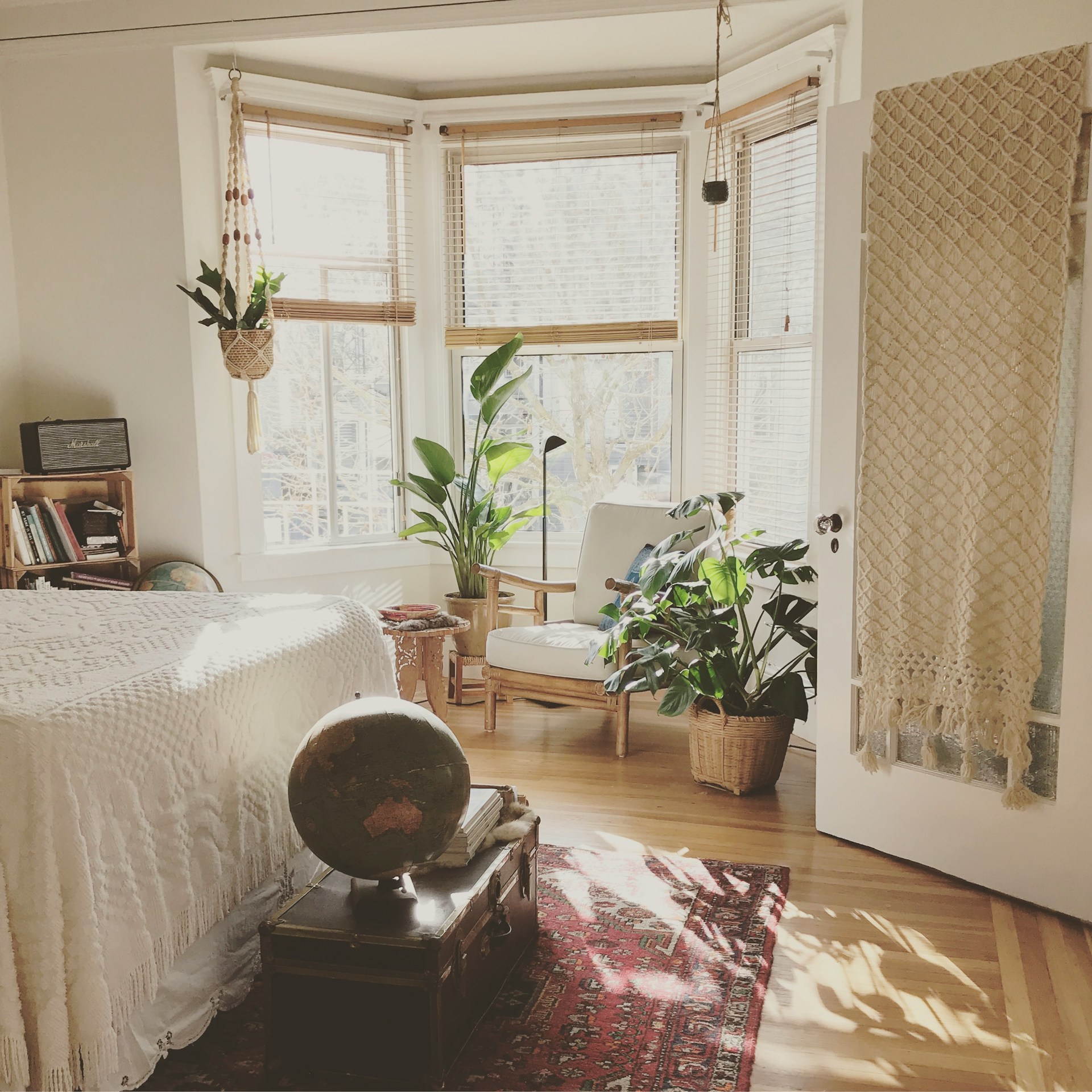Introduction
Interior design is a multidisciplinary field that bridges the gap between art and architecture. It involves a variety of key players who each bring unique skills, perspectives, and roles to the table. Each player is like a piece of a puzzle, coming together to create a complete picture that is functional, aesthetically pleasing, and in line with the client’s vision. The more one understands these roles, the smoother the design process will be, ensuring a successful, on-time, and on-budget project outcome.
The Lead Designer
At the helm of an interior design team is the lead designer. They’re the visionary who orchestrates the creation of spaces that are not only aesthetically pleasing but also functional and comfortable. The interior designer works closely with the client to understand their vision, preferences, lifestyle, and needs.
This role involves a wide range of tasks, from creating initial design concepts and carrying out space planning to selecting furniture, materials, and finishes. The designer also oversees the project from start to finish, ensuring the design plans are correctly implemented and that the final space aligns with the client’s vision.
A good interior designer brings a blend of creativity, technical knowledge, and managerial skills to the table. They must be adept at visualizing space, understanding how different elements interact, and translating abstract ideas into tangible designs. They also need strong communication skills to articulate their ideas effectively and manage the team.
The Architect
While not always involved in every interior design project, architects play a crucial role when structural changes are needed or when a project involves the construction of a new building. The architect’s role is to design the structure of a space, ensuring it complies with building codes and regulations.
Architects work closely with the interior designer and client to understand their needs, and often liaise with contractors and other professionals to ensure the construction aligns with the design plans. They may also be involved in obtaining necessary construction permits and handling other legal requirements.
The Project Manager
The project manager is the glue that holds the team together. They are responsible for overseeing the project timeline, budget, and ensuring smooth communication among team members. This role requires exceptional organizational and communication skills.
A project manager keeps everyone on the same page, ensures the project stays on track and within budget, and troubleshoots any issues that may arise. They act as the primary point of contact for all stakeholders and play a key role in decision-making processes.
The Decorator
The decorator is the artist of the team, focusing on the aesthetics of the space. They are responsible for choosing the color schemes, furniture, fabrics, artwork, and accessories that bring the space to life. While decorators don’t typically involve themselves with structural planning or layout, their role is crucial in creating the atmosphere and look of the space.
A decorator’s job is to enhance the designer’s vision, adding layers of visual interest and comfort to the space. They need to have a keen eye for color, texture, and style, as well as a deep understanding of how different elements can affect the mood and functionality of a space.
The Contractor
The contractor, or builder, is the hands-on member of the team who brings the design to life. They are responsible for executing the design plans and carrying out the construction work. This involves a variety of tasks, including demolishing walls, building new structures, installing fixtures, and more.
Contractors need to have a deep understanding of the design plans and must work closely with the designer and architect to ensure their work aligns with the vision for the space. They also need to have a thorough knowledge of building regulations to ensure the construction is legally compliant.
The Specialty Designers
In addition to the core team members, there are also specialty designers who focus on specific areas of the design. For example, lighting designers create the lighting plan, taking into account both functionality and aesthetics. Kitchen and bath designers specialize in these particular spaces, which require a specific set of skills and knowledge.
Specialty designers bring a high level of expertise to the project, and their input can greatly enhance the functionality, comfort, and aesthetics of specific areas within the project.
Conclusion
The success of an interior design project is a testament to the collaboration and expertise of various key players. Each has distinct roles and responsibilities, and their collective efforts contribute to the overall vision and execution of the project. A thorough understanding of these roles can help clients better navigate the design process, set realistic expectations, and ensure a smooth and successful project outcome.




